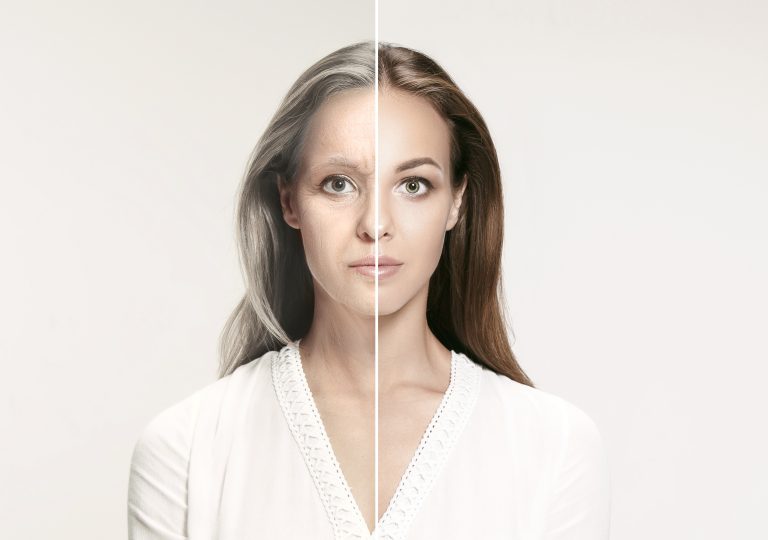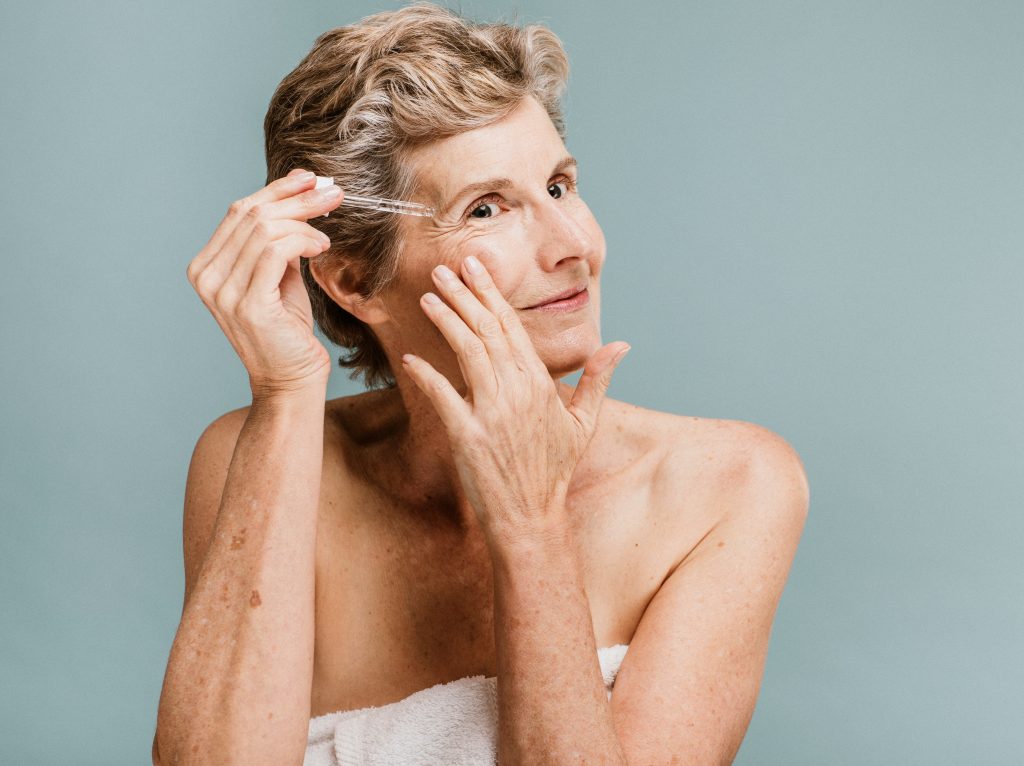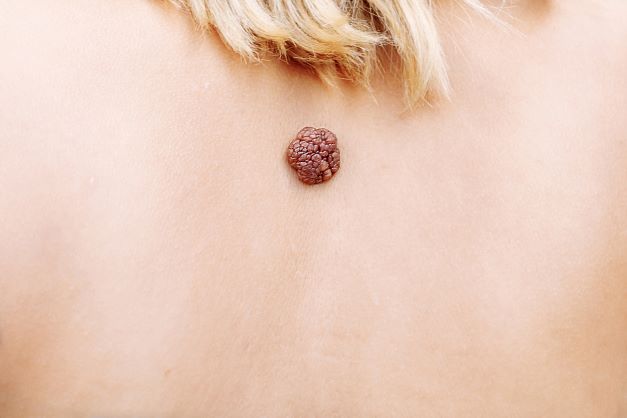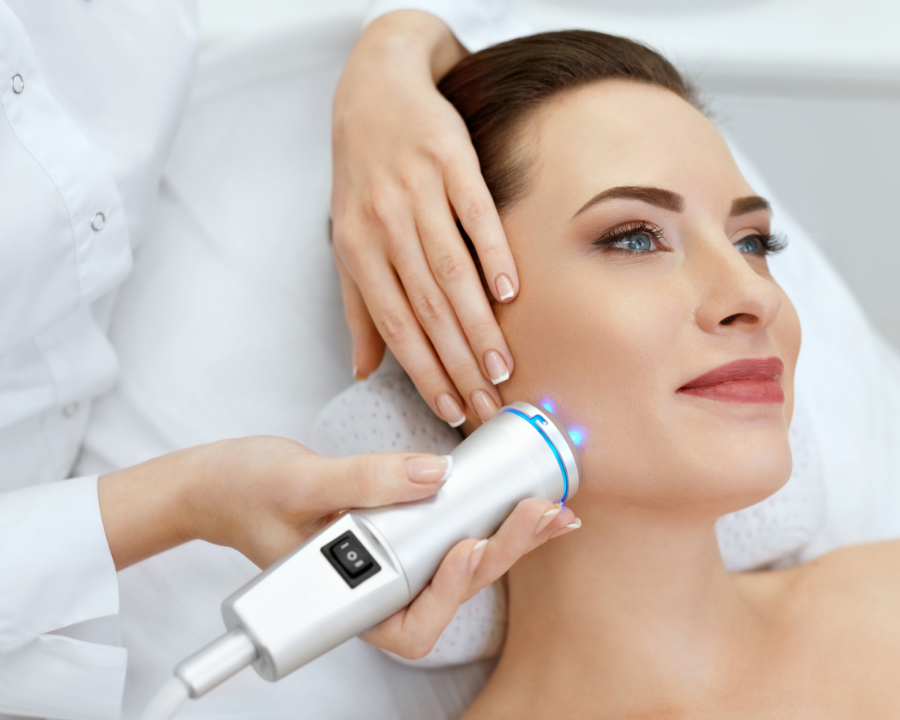SummitMD Dermatology specializes in Mohs Micrographic Surgery, the gold standard in skin cancer treatment. Because of its high cure rate and more minor scars, Mohs surgery is becoming more popular in treating skin cancers. This advanced procedure involves high-level expertise and real-time microscopic tissue analysis. Our board-certified, fellowship-trained dermatologists helped thousands of patients beat skin carcinomas through Mohs surgery. Many options are available to restore healthy skin after skin cancer removal. While some areas can heal naturally, others require reconstructive surgery to minimize scarring. Some options to consider if you need reconstructive surgery after having Mohs surgery. Let’s take a look at all the available options.
Reconstructive Surgery Options
Understanding reconstructive surgery requires that you first understand how skin cancer is removed. Skin cancer tumors are not removed with a straight-line incision. Instead, they are cut in a pie-shaped and circular fashion. This is crucial for positive outcomes as the surgeon must remove any cancer cells from the tumor.
After the surgeon has removed the pie-shaped tissue and confirmed that there are no cancer cells on the margin, it is important to close the wound quickly and minimize scarring. SummitMD Dermatology has several options for such cases.
First Option: Linear Repairs
Linear repairs refers to bringing together the edges of a wound and repairing them in one line. This technique is best for repairing wounds that are difficult to conceal or conceal in an existing line.
Second Option: Skin Grafting
Skin grafting is a common technique that is used by skin surgeons to reconstruct skin cancer cases. A small amount of skin can be removed from an area that is less visible, such as the back of your ears, to replace the cancerous tissue. To ensure the least amount of scarring possible, the surgeon will carefully place the graft and apply thin sutures around its edges. SummitMD Dermatology prefers to avoid this method whenever possible. Skin grafts can be problematic because every body part has skin with a unique texture and thickness. Although transplanting a small amount of skin from the back to the nose or cheeks may reduce scarring, it is possible for the skin graft to still be visible once healing has occurred. This is especially true if skin cancer has been removed from the lips. There is no skin that can match the texture and sensitivity of the lips.
Third Option: Flap Closure for Reconstructive Surgery
After the wound heals, the flap closure for skin-cancer reconstructive surgery is one of the most natural and effective options to choose from. A small amount of skin is removed from the area immediately adjacent to the wound during the flap closure procedure. However, this small piece of skin is not removed completely. It is still attached to the surrounding tissues and underlying blood vessels. The tissue is then pulled over and sutured.
The flap closure technique is the best way to minimize scarring after Mohs surgery or excision surgery. Because the flap closure technique is directly applied to the wound, the skin covering the wound will not be visible after healing. This is because the texture and pigmentation of the skin surrounding the treatment site is very similar.
Successful
To make any reconstructive procedure truly successful, it must be combined carefully with delicate suturing techniques. SummitMD Dermatology has performed thousands of facial reconstruction surgeries. We use a multi-layered suturing technique to create the most minimal scarring.
It is important to use as few sutures as possible on the top layers of skin while still holding it in place. We use strong, dissolving sutures in the deeper layers of the skin to ensure that the wound heals correctly. We also place the thinnest sutures possible on the top-most layers to ensure that the skin edges heal properly.
The Healing Process
Healing times following skin cancer reconstruction surgery vary depending on the treatment area and the wound size. The majority of upper-most sutures can be removed in one week. The wound may take several weeks for it to heal completely. During this time, there might be some discomfort at the treated area. The scar will appear larger in the initial months following surgery but should gradually fade as your body heals.
Set up a consultation today with one of our dermatologists if you have questions about reconstructive skin surgery for skin cancer.





